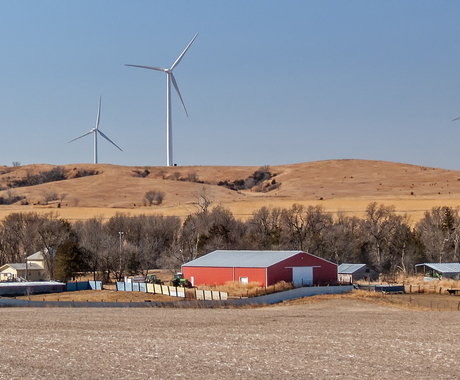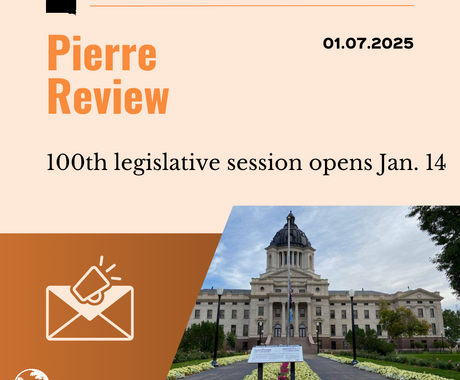A report from the Deep Decarbonization Pathways Project got me thinking about the rural development potential of transforming the energy sector.
The report outlines pathways to reduce carbon pollution between now and 2050. The goal is to limit global warming to 2 degrees Celsius. Meeting the benchmark is feasible and even affordable with technology already available, according to the report.
Deep decarbonization will require large scale transformation of our energy sector. This transformation is underway, but significant work lays ahead.
One finding of the research is the need to decarbonize transportation as well as heat in our buildings. This is achieved – in large part – by electrifying these sectors.
Electrifying transportation and heat will help reduce carbon pollution because the electric grid is getting cleaner each year.
This represents a huge opportunity for rural economic development. Most renewable energy is, and will be, generated in wide open spaces outside of dense urban centers.
New job opportunities come with every new megawatt of wind or solar built in rural areas. In the wind industry, new jobs mean solid middle class incomes, with an average salary of $46,077. Renewable energy also increases the tax base and provides direct payments to landowners.
The opportunity for clean energy sector growth is significant.
U.S. consumers spent over $200 billion on gasoline in 2015. When you consider that in the context of moving transportation toward electric fuel, this translates into a $200 billion rural economic development opportunity.
To reach this level of clean electricity production, we will need wind and solar at all scales. We need public policy to drive forward the boom in home-, farm- and business-scale solar. We also need models that better support community-scale renewable projects.
And, we must continue the transformation of utility-scale electricity production from fossil fuels to renewables. This will mean additional utility-scale wind farms and solar projects, and the transmission infrastructure to carry these renewables from rural areas to urban markets.
The Center will continue our work on siting utility-scale projects in ways that respect landowner concerns, maximize opportunity and protect our natural resources.
Additional opportunities are outlined in the deep decarbonization report. Biofuels will play a role in the transportation sector and biogas will play a role in the heating sector. Both can spur additional rural development.
Finally, because we have already released too much carbon pollution into the atmosphere, holding global warming to 2 degrees Celsius will require that we use climate-smart agriculture and land use management to capture and sequester some carbon in our soil.
The transition of our economy from a reliance on fossil fuels will come with many challenges, but the opportunities – especially for rural people – are significant.
The introduction of new technology in rural areas used to mean one less job for a son or daughter. The purchase of a larger tractor meant one less job for the next generation. The intensification of animal agriculture further reduced farm labor needs.
But introducing new technology to the rural landscape no longer must mean putting the next generation out of a job. Instead, renewable energy technology means there will be new opportunities for the next generation.





